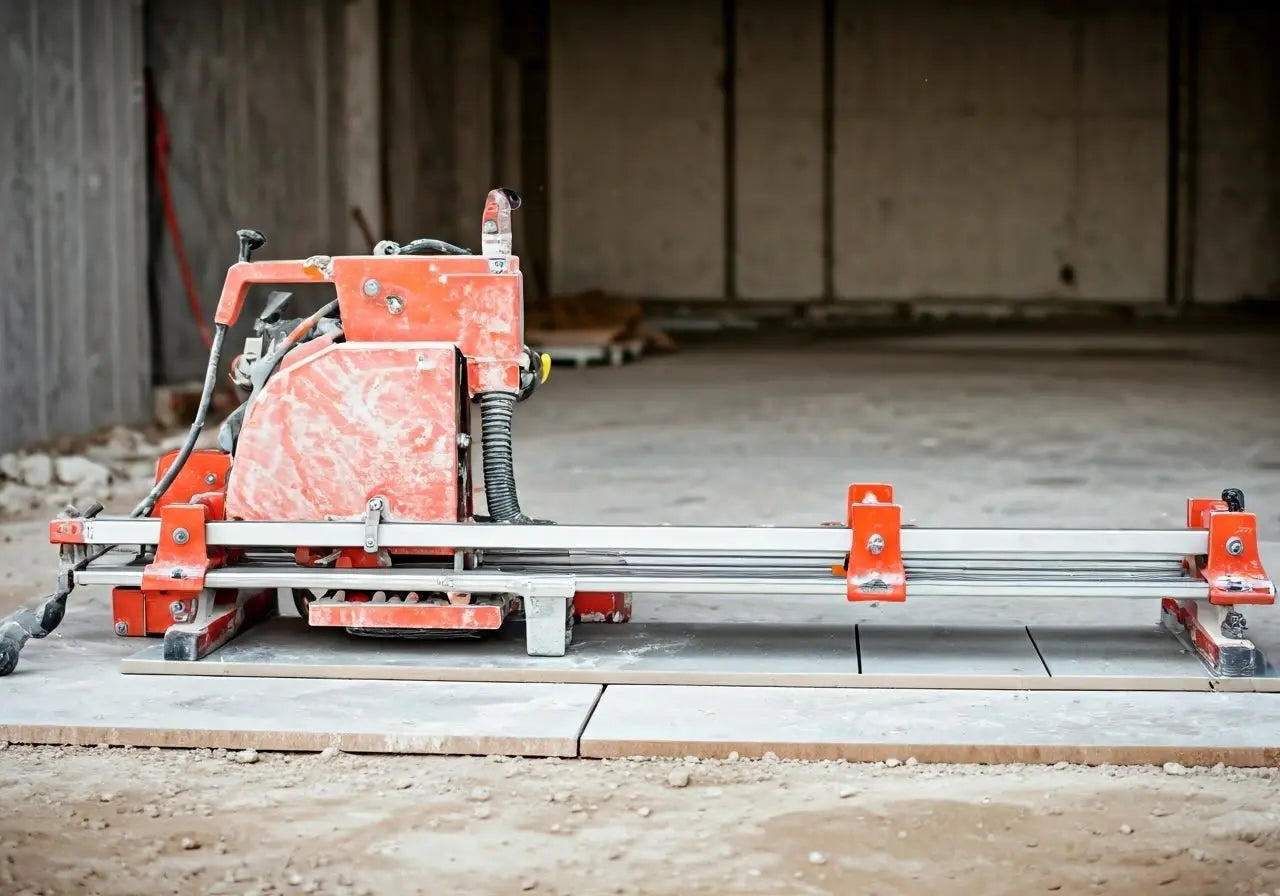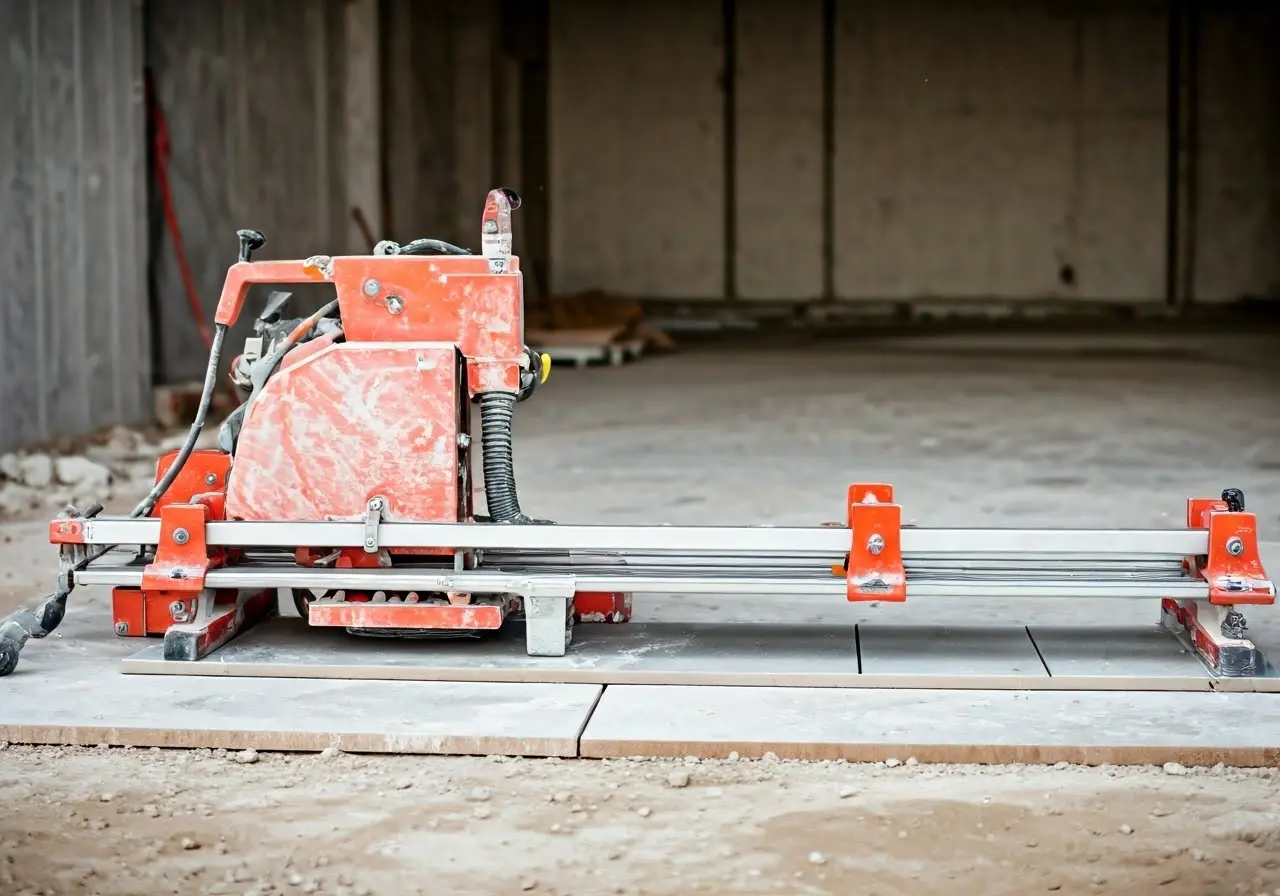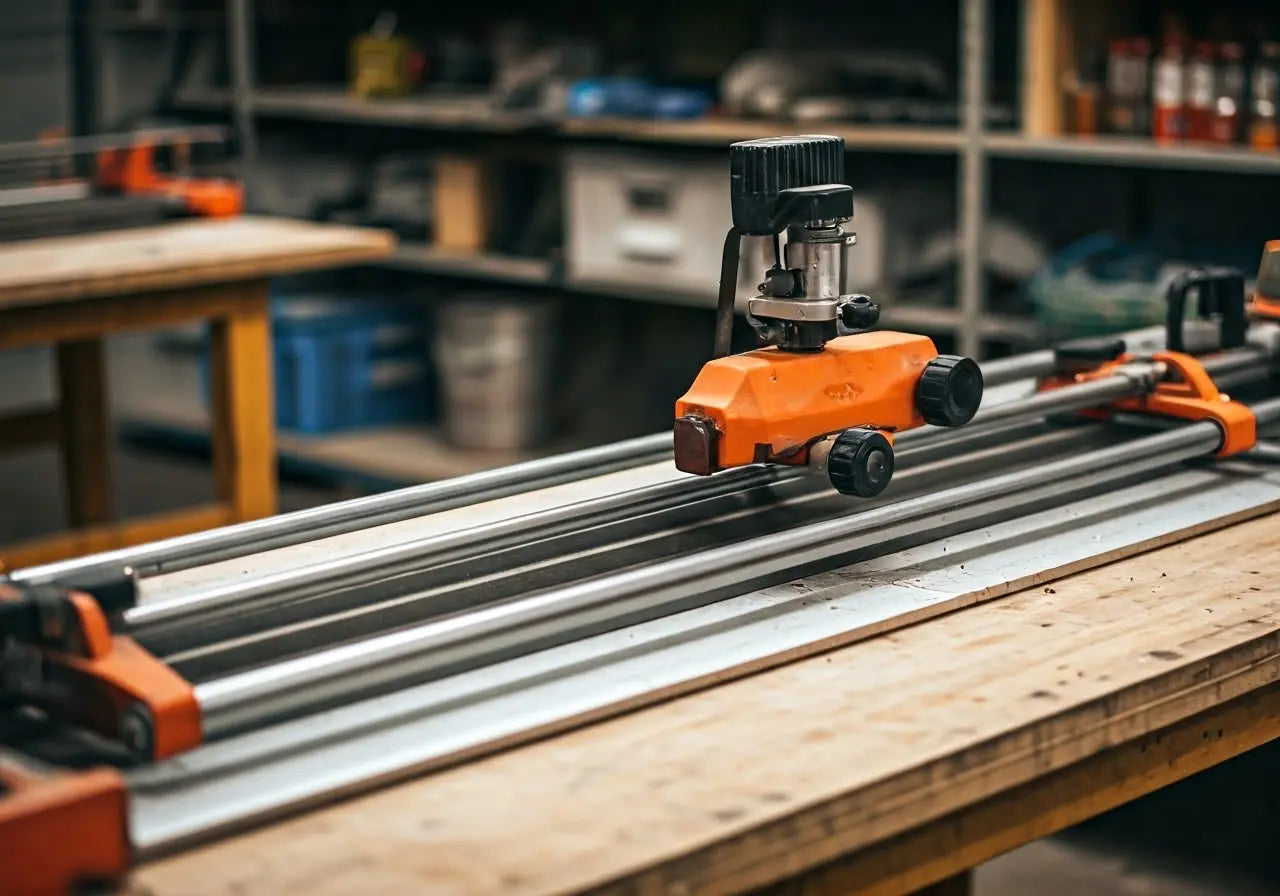In the ever-evolving world of construction, the tools we use play a crucial role in shaping the outcome of our projects. One such tool that has seen significant innovations over the years is the tile cutter. From its humble beginnings to its current advanced state, tile cutters have transformed tile installation into an art. In this blog, we will explore the journey of the tile cutter, highlighting its impact on modern construction.
The Origins of the Tile Cutter
Tile cutters have been integral to construction since ancient times, dating back to the Roman Empire. In those days, craftsmen meticulously shaped tiles using rudimentary tools—a painstakingly slow process demanding both skill and patience. These early methods were crucial in building decorative mosaic structures that have stood the test of time. As construction needs grew, the desire for more efficient methods led to innovations in tile cutting techniques.
During the 1930s, the advent of the manual tile cutter marked a revolution in the tile cutting industry. These tools offered a much-needed speed boost to tile installation projects, reducing the efforts compared to traditional methods. With the introduction of manual scoring wheels and adjustable guides, craftspeople could achieve straight, clean cuts with unprecedented ease The History and Evolution of the Tile Cutter.
This period of innovation laid the groundwork for the advent of powered tools, which would further propel the efficiency and precision of tile cutters. As the construction industry evolved, so did the demands for more specialized tools, setting the stage for the technological advancements that modern builders rely on today.
Technological Advancements in Tile Cutting
In recent decades, technological developments in tile cutting have profoundly transformed the construction landscape. The introduction of electric tile cutters not only enhanced precision but also reduced physical labor and time involved in tile projects. Builders could now achieve superior results with tools that featured adjustable cutting angles and integrated laser guides for pinpoint accuracy The History and Evolution of the Tile Cutter.
A notable player in this innovative era is the iQTS244 10” Dry Cut Tile Saw with Integrated Dust Containment. This revolutionary tool introduced a waterless cutting system, minimizing mess and maximizing efficiency. Its innovative design captures dust at the source, ensuring cleaner work environments and promoting better health standards for contractors.
As we continue embracing modern technology, we see a shift towards more user-friendly, efficient tools. The emergence of portable, lightweight electric saws with advanced dust control mechanisms exemplifies how the tile cutting process has become more sustainable and less invasive, positively impacting both project deadlines and environmental considerations.
Impact of Modern Tile Cutters on Construction
The impact of modern tile cutters extends far beyond efficiency. Their precision opens up a world of creative possibilities in design, allowing architects and interior decorators to envision and execute intricate tile patterns and layouts. With these tools, ambitious projects such as custom mosaics and complex geometric designs become achievable realities.
An innovative product like the iQ252 10” Dry Cut Rail Saw for Professional Contractors offers unrivaled versatility and efficiency, particularly with materials like ceramic, porcelain, and marble. Its dry cutting technology saves time, further enhancing profitability on job sites by eliminating the need for wet cleanup processes.
Modern tile saws’ contributions to sustainability cannot be overstated. By reducing water usage and capturing dust, they align with growing environmental consciousness in the industry, paving the way for greener, more sustainable construction practices.
The Future of Tile Cutters
As we peer into the future, the evolution of tile cutters suggests a move towards smart, adaptive technologies that will cater to increasingly complex construction demands. Emerging smart technologies are poised to create tools that can automatically adjust to different materials and cutting requirements, streamlining the tile cutting process further.
Innovations on the horizon include automatic adjustments in blade speed and pressure sensors for detecting material density, ensuring each cut is optimized for both precision and efficiency. Forward-thinking companies are quick to develop tools that respond intuitively to user commands, potentially integrating AI technology to enhance user experience.
Perhaps one of the most thrilling prospects is the potential for integrated features that work cohesively with virtual design software, allowing builders to create simulations and execute precise cuts straight from digital blueprints. As the gap between innovation and necessity narrows, tile cutters will undoubtedly continue to evolve in fascinating ways.
The Continuing Legacy of Tile Cutters
The tile cutter’s journey from a simple tool to a sophisticated piece of construction equipment mirrors the broader innovations in the field. Its evolution has not only made tile installation more efficient but has also expanded the creative possibilities for builders and designers. As construction continues to advance, one can only imagine how tile cutters will further develop to meet the demands of future projects. To explore more cutting-edge tools, visit our homepage and discover revolutionary options for your construction needs.






Hinterlasse einen Kommentar
Diese Website ist durch hCaptcha geschützt und es gelten die allgemeinen Geschäftsbedingungen und Datenschutzbestimmungen von hCaptcha.